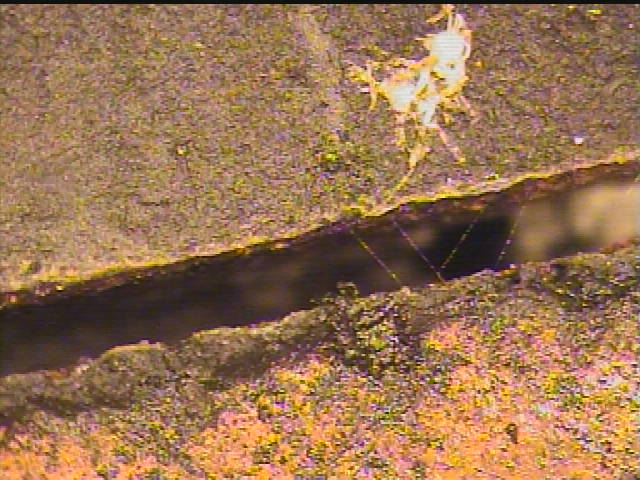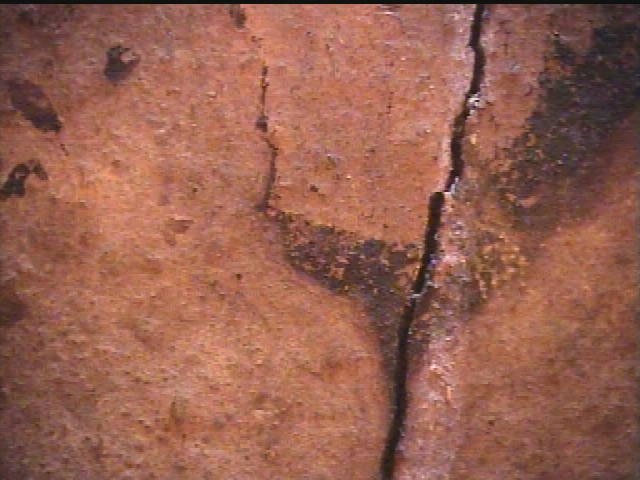Video camera scanning is the most reliable method for examining the condition of chimney flue liners. The remote camera sends a video image back to the control console’s monitor. The system also allows for capturing digital still photographs of the flue liner. This is especially helpful for documenting defects for real estate transactions and insurance claims.

Viewing a flue liner from the top down
Vitreous clay tile is the predominant material used for flue liners in the Rochester area. These liners are particularly susceptible to damage from chimney fires and rain water penetration. The high heat of a chimney fire is often enough to crack a clay tile liner. Rain water, melting snow, and water vapor condensation from gas furnaces can be absorbed into these liners and then freeze in cold weather. This freezing action often results in the cracking of clay tile liners.

A gap between liner sections
Another issue with these liners is when the mortar joints between liner sections breaks down due to water penetration. Often times these seams deteriorate to a point where there are large gaps between the liners sections. These open seams are just as potentially serious as cracks and holes in in the body of the liner.

A cracked section of flue liner
Defective liners can allow toxic gases to seep into the home. They also greatly reduce the protective function that the liner provides in the event of a chimney fire. Cracks and gaps may also have a negative impact on the drafting of fireplaces and appliances such as furnaces and water heaters.
The most common solution for a defective liner is to have it replaced. Stainless steel replacement liners are very common for fireplaces while aluminum replacement liners are often used to vent furnaces and water heaters.

Chimney video scanning
Top Hat Chimney does not install replacement liners. Many customers find it reassuring that we do not have a financial stake in the outcome of our inspections. We do, however, have appropriate references to reputable contractors who can perform liner replacements.

